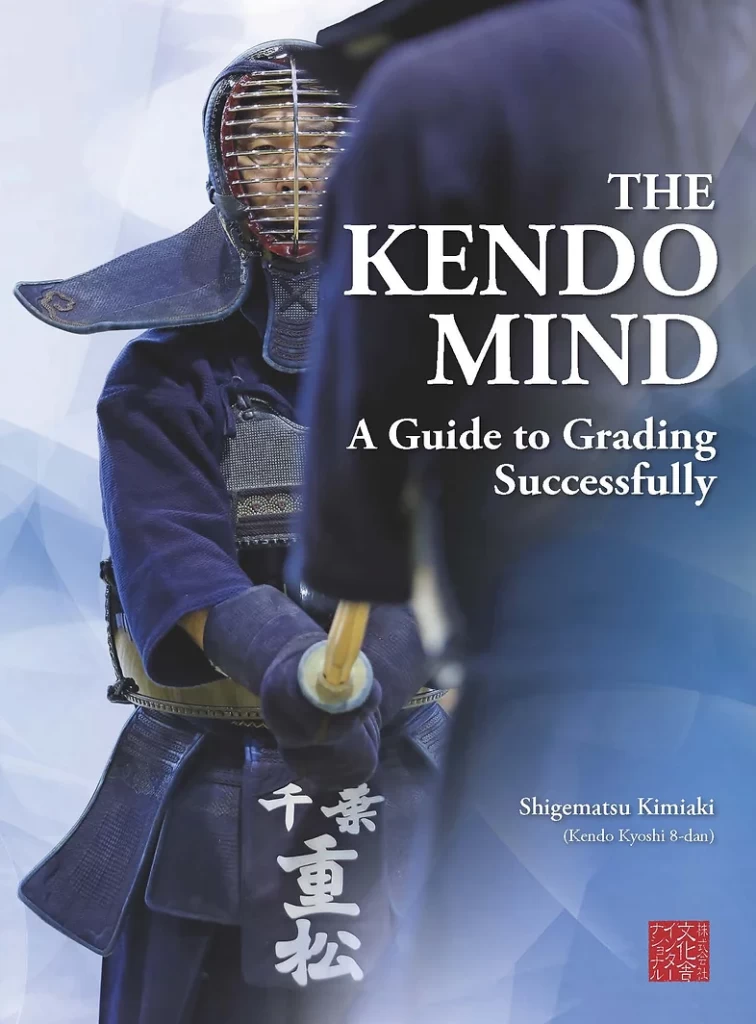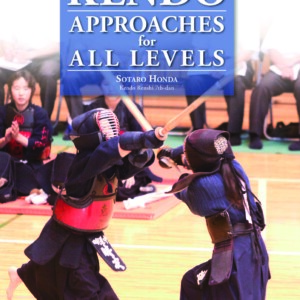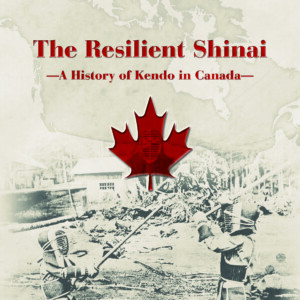
The Kendo Mind: A Guide to Grading Successfully

by Shigematsu Kimiaki
Those who study kendo regard promotion examinations and matches as vehicles for cultivating self-discipline. Preparing to take a grading is especially motivating compared to regular training. It is, however, also a tremendous disappointment when you fail. There are those who manage to pass each examination without ever failing, and others who reach an impasse. So, what is the difference between these two groups? If you can figure this out, even just a little, you are one step closer to finding success. There are many things needed for success in an examination, not least of which is impressing the judges with resonating strikes. There is no way to achieve your goal without knowing how to accomplish this. The content of this book is based on lessons I learned from my sensei, my personal experiences in the dojo, and what I read in books and instruction manuals along the way. I hope that you will find the information in this small volume useful reference material as you tread down the path of kendo.
AVAILABLE IN PRINT AND KINDLE VERSIONS AND ON THE BUDO BOOKS APP IN E-BOOK FORMAT! SEE THE LINKS BELOW!!

Contents
| Preface | |
| Chapter 1 | “Strike in a way that will leave an impression on the judges…” |
| 1 | Why we need examinations |
| 2 | It’s not so much the strike, |
| but the seme-ai that counts | |
| 3 | Who will you come up against? |
| 4 | Tidy appearance and proper reihō |
| 5 | Sonkyo is crucial for an effective strike |
| 6 | Elements of datotsu |
| 7 | Your greatest weapon is your spirit |
| 8 | Patience after the strike |
| 9 | Keeping it together at the venue |
| 10 | Keiko after the grading |
| Chapter 2 | Cultivating your own kendo philosophy |
| 1 | Kirikaeshi and uchikomi foster strength |
| 2 | “Two-faced” keiko |
| 3 | The right attitude |
| 4 | Forging ki |
| 5 | Consider “kyojitsu” |
| 6 | Does your kendo match your dan? |
| 7 | Acknowledging insufficient strikes |
| 8 | Seek and learn |
| 9 | Solitary keiko |
| 10 | Discipline your mind in everyday life |
| 11 | The teaching of shu-ha-ri |
| 12 | Instructor qualities |
| 13 | Is your instruction appreciated? |























No comments yet.